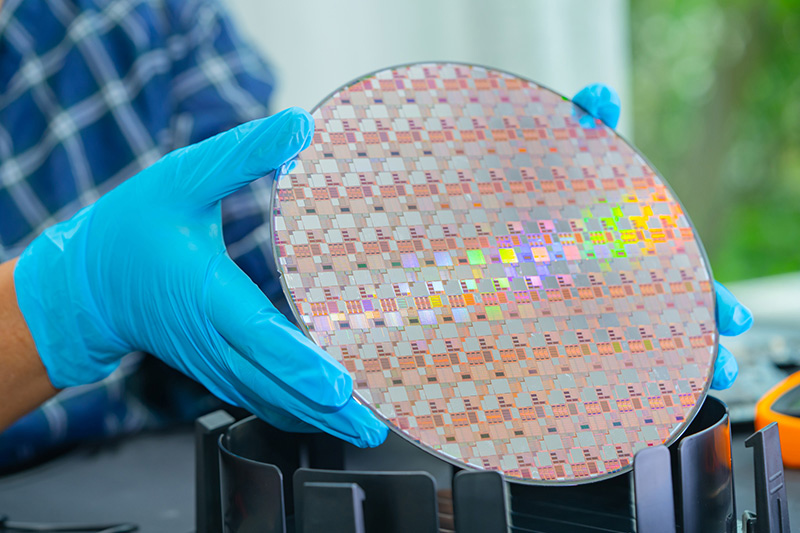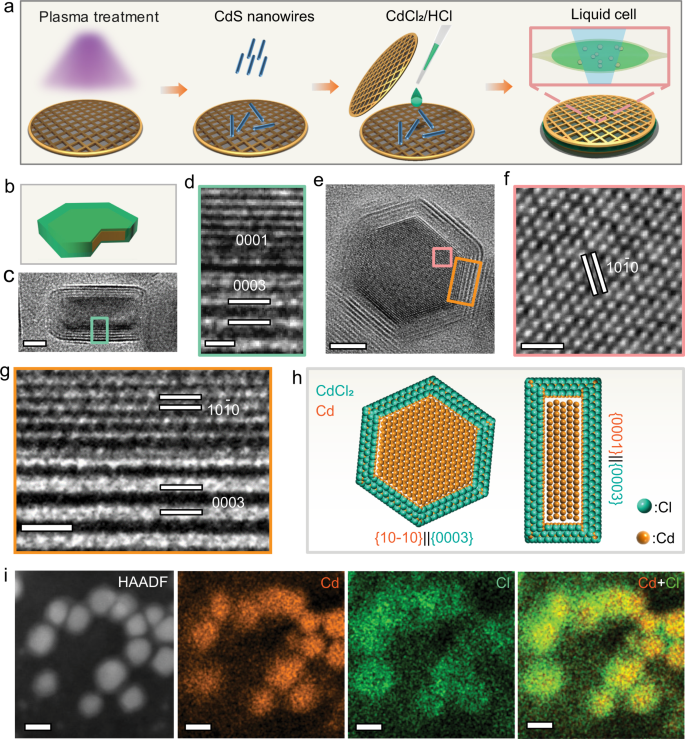2022-07-26 デラウェア大学 (UD)
![]()
Silicon wafers like the one shown here can be used to create computer chips, circuits and other devices that later are used in our electronics.
この材料は、エレクトロニクス分野でよく知られている2つの言葉、超伝導体と半導体に基づいて、超半導体と呼ばれている。超伝導体とは、1900年代初頭から知られている物質で、華氏-450〜-123度という超低温で抵抗ゼロで電気を流すことができる。半導体は、温度によって導電性と絶縁性の両方の性質を示す物質である。
コバルトとアルミニウムからなるこの超半導体材料は、室温でシリコンなどの一般的な半導体材料の3倍から10倍の導電性を持つ。また、超低抵抗性を示し、電気を流すのにほとんど抵抗がないため、電気を遅くすることができる。研究者らは、この発見が電子機器の消費電力を大幅に削減し、性能効率を向上させる可能性があるとみている。
研究チームは、プラズマエッチングという技術を用いて、自己組織化したポリスチレン球の間に空間を作り、その上に厚さ10ナノメートルのコバルト層、さらに100ナノメートルのアルミニウム層を蒸着させることに成功した。ちなみに、人間の髪の毛の太さは約8万〜10万ナノメートルである。
<関連情報>
- https://www.udel.edu/udaily/2022/july/super-semiconductors-for-ultra-low-power-electronics-bingqing-wei/
- https://aip.scitation.org/doi/10.1063/5.0087808
ナノ構造バイメタルアレイにおけるプラズモン誘起室温超半導体の研究 Plasmon-induced super-semiconductor at room temperature in nanostructured bimetallic arrays
Zhigang Li, Xiangke Cui, Xiaowei Wang, Zongpeng Wang, Minghu Fang, Shangshen Feng, Yanping Liu, Jigen Chen, Tianle Wang, Hengji Liu, Zhenhai Xia, and Bingqing Wei
Applied Physics Reviews Published:17 May 2022
DOI:https://doi.org/10.1063/5.0087808
ABSTRACT
Solid-state electrical conducting materials can be roughly categorized as superconductors, conductors, and semiconductors, depending on their conducting carriers, resistance, and band structures. This research reports the discovery of super-semiconductors, whose resistivity is 3–10 orders of magnitude lower than conventional semiconductors at room temperature. In addition, there is a transition from a metal state to a super-semiconducting state at near room temperatures, which is accompanied by an increase in hole carrier density and the mobility increase in electrons. For the first time, a hole-dominated carrier metal is observed in nanostructured bimetallic arrays near room temperature, and no other special conditions are required. Such a behavior is due to the generation of hot electrons and holes induced by metal plasmon resonance in the infrared range in the nanostructured bimetallic arrays. Our research empowers metals with semiconductor features and paves the way to realize ultra-low-power metal-based semiconductor devices.




